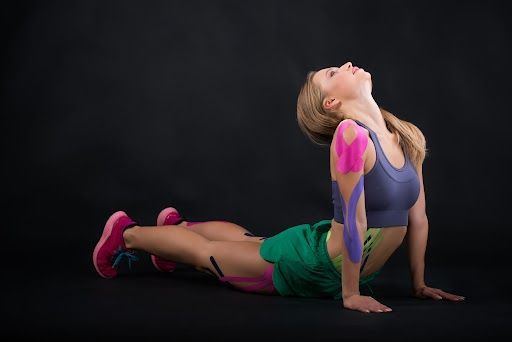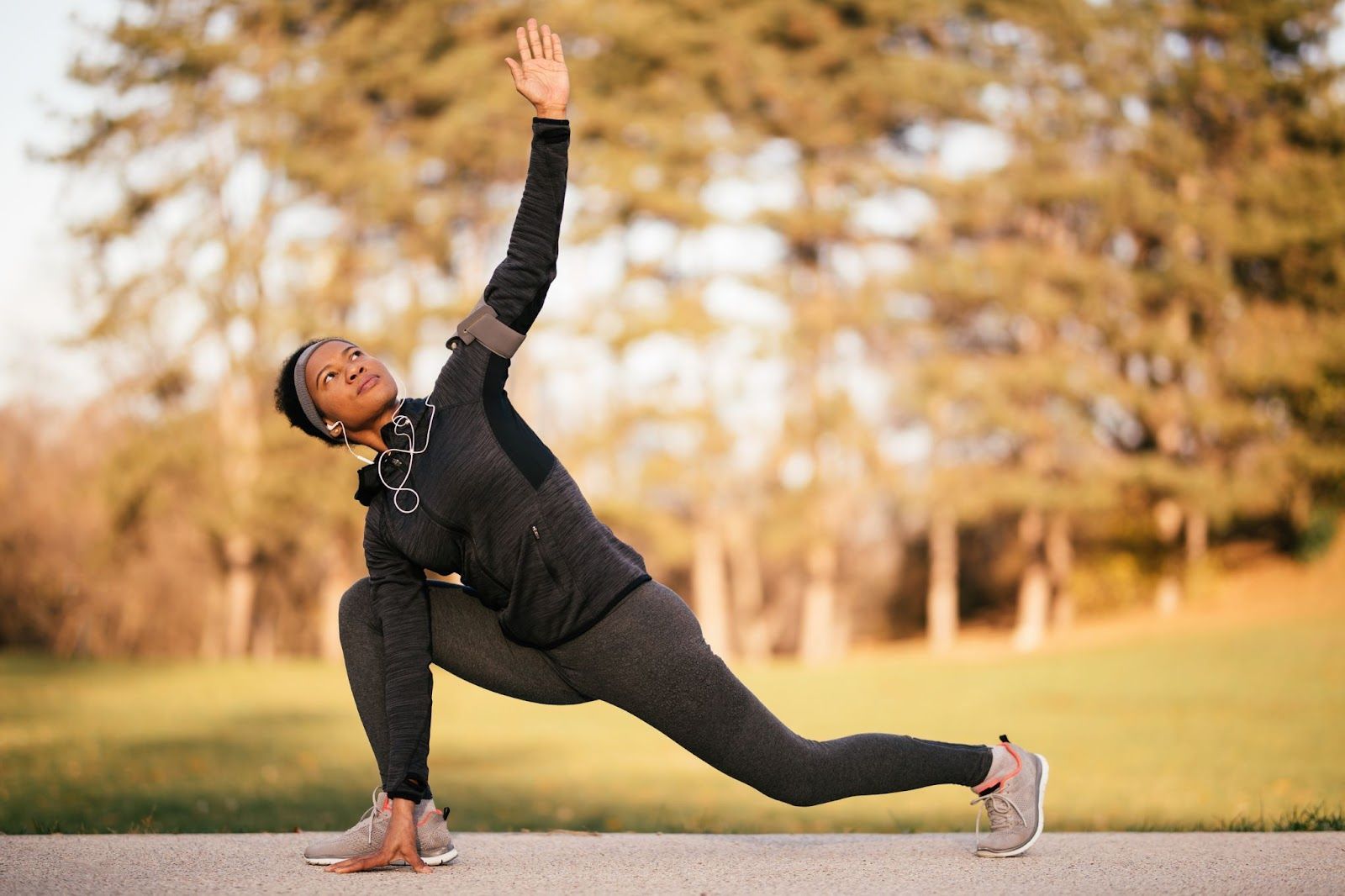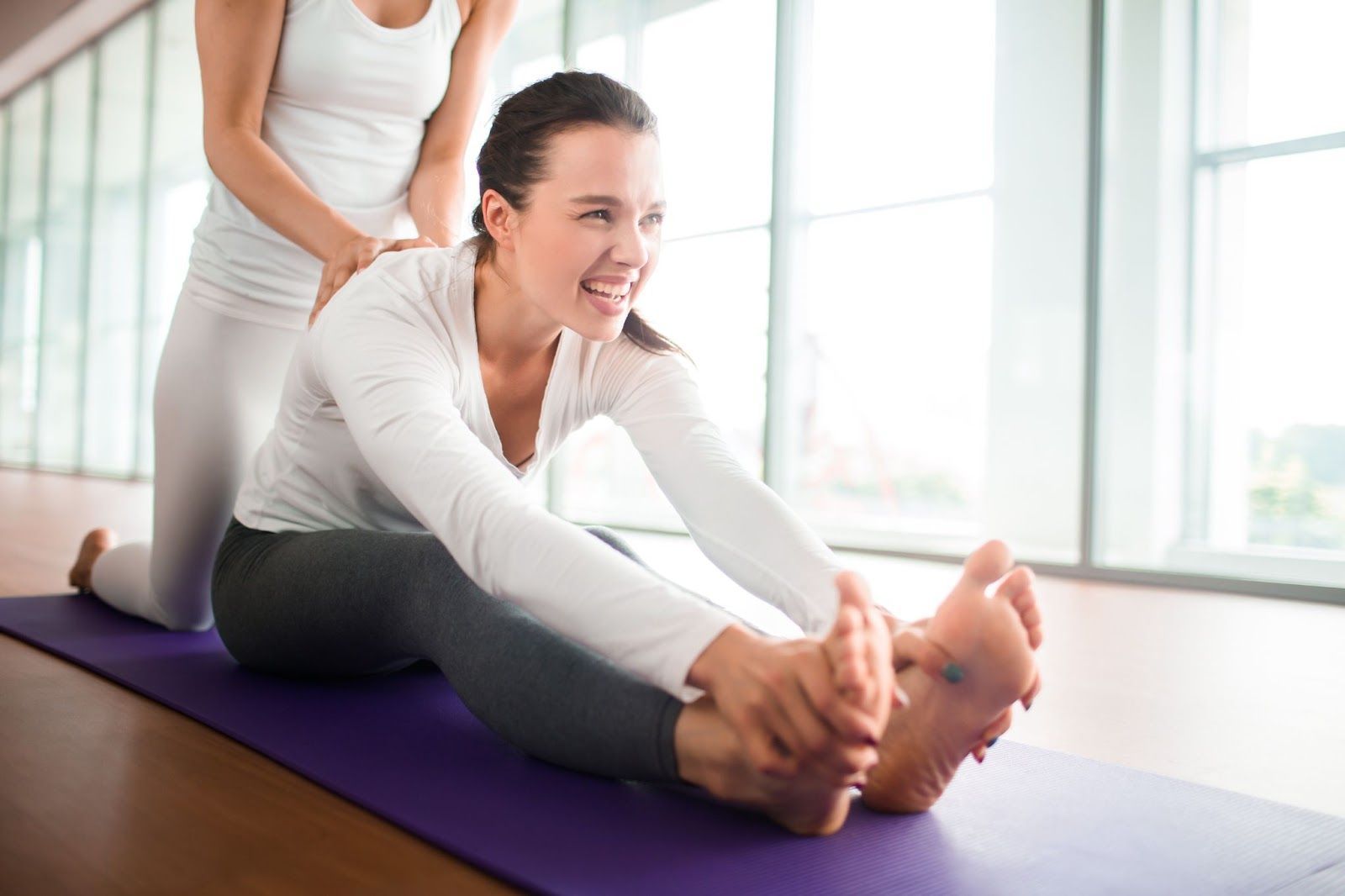Call us at (909) 674-0071
Preventing Injuries With Effective Calf Stretching Routines
In physical fitness, injury prevention is paramount. Whether you're an avid athlete, a weekend warrior, or simply looking to maintain an active lifestyle, safeguarding yourself from injuries is essential for long-term health and enjoyment. Calves are often overloaded and prone to strain, especially during running, jumping, or walking. Luckily, a simple yet powerful strategy can help mitigate this risk: calf stretching. Enhance calf flexibility, improve muscle function and prevent injuries with targeted stretching routines tailored to your needs.
In this blog, dive into the importance of calf stretching and explore effective techniques to integrate into your fitness regimen.
Preventing Injuries with Effective Calf Stretching Routines
Preventing injuries through effective calf stretching routines is crucial for maintaining flexibility, mobility, and overall lower body health. Here's a guide to help you develop a solid routine:
Warm-Up
Begin with a brief warm-up to increase blood flow to the muscles. This can include light jogging, cycling, or dynamic movements like leg swings.
Basic Calf Stretch
To perform this exercise, stand facing a wall with your hands at shoulder height against it. Next, step one foot straight back and bend the front knee while keeping the back heel on the ground. Press your hips forward until you feel a stretch in the calf muscle of the back leg. Hold this position for 20-30 seconds, and then switch sides.
Gastrocnemius Stretch
Sit on the floor with your legs straight out in front of you. Loop a towel or resistance band around the ball of one foot and gently pull it towards you while keeping the knee straight. You should feel a stretch in the calf muscle. Hold for 20-30 seconds and switch sides.
Soleus Stretch
This targets the deeper calf muscle. Begin in a similar position as the gastrocnemius stretch, but this time, bend the knee of the leg you are stretching. Lean forward slightly until you feel a stretch in the lower part of the calf. Hold for 20-30 seconds and switch sides.
Seated Calf Stretch
Sit on the floor with your legs extended straight in front of you. Loop a towel or resistance band around the ball of one foot and gently pull it towards you, flexing your foot back towards your body. You should feel a stretch in the calf muscle. Hold for 20-30 seconds and switch sides.
Repeat Regularly
Aim to perform these stretches at least 2-3 times per week. Doing it regularly and engaging in intense physical activity is better.
Listen to Your Body
Stretching should never cause pain. If you feel any sharp or intense discomfort, ease off the stretch immediately.
Incorporate into Your Routine:
Maximize the benefits of calf stretching by incorporating it into your pre-workout warm-up and post-workout cooldown routine.
Remember, consistency is key when it comes to preventing injuries and maintaining flexibility. For best results, it is important to pair your stretching routine with proper hydration, adequate rest, and balanced nutrition. If you have any existing injuries or medical conditions, consult with a healthcare professional before starting a new stretching routine.

What Are the Benefits of Effective Calf Stretching Routines?
Incorporating effective calf stretching routines into your fitness regimen can offer several benefits:
Improved Flexibility
Regular calf stretching can increase the flexibility of the calf muscles and Achilles tendon, allowing for a more excellent range of motion in the ankles and feet.
Reduced Risk of Injury
Flexible calf muscles are less prone to strains, tears, and other injuries during physical activities or sports. Stretching helps to maintain muscle elasticity and prevent overuse injuries.
Alleviation of Muscle Tension
Stretching the calf muscles can relieve tightness and tension, reducing discomfort and promoting relaxation in the lower legs.
Enhanced Athletic Performance
Flexible calf muscles can improve performance in activities that require ankle mobility, such as running, jumping, and dancing. Better flexibility can lead to more efficient movement patterns and more significant power generation.
Improved Posture and Gait
Tight calf muscles can contribute to poor posture and gait abnormalities. Stretching helps to lengthen these muscles, promoting proper alignment of the ankles, knees, and hips.
Relief from Plantar Fasciitis and Shin Splints Stretching the calves can alleviate symptoms of common lower leg ailments such as plantar fasciitis and shin splints by reducing muscle tension and connective tissue tension.
Enhanced Blood Circulation
Through stretching, you allow blood flow to stimulate the calf muscles, which can help deliver oxygen and nutrients to the tissues and facilitate the removal of metabolic waste products.
Prevention of Muscle Imbalances
Including calf stretches in your routine can prevent muscle imbalances and promote symmetry.
Reduced Muscle Soreness
Stretching the calf muscles after exercise can help reduce post-workout muscle soreness and stiffness by promoting blood flow and aiding in removing lactic acid buildup.
Stress Relief
Stretching, including calf stretches, can relax the body and mind, helping to reduce stress and tension accumulated throughout the day.
Maximizing the benefits is crucial to performing calf stretches appropriately and consistently, incorporating them into your warm-up or cool-down routines, and holding each stretch for an adequate duration (typically 15-30 seconds per stretch). Also, avoid bouncing or forcing the stretches, which can lead to injury.
HUnlocking the Power of Calf Stretching: Maximizing Flexibility, Performance, and Well-Being
Making effective calf stretching become part of your routines into your fitness regimen offers a multitude of benefits for both athletes and individuals seeking improved flexibility and overall well-being. The advantages of regularly stretching your calves are numerous. Regular calf stretching can reduce the risk of injury, alleviate muscle tension, enhance athletic performance, and promote better posture. By dedicating time to stretch the calf muscles consistently and adequately, individuals can experience increased flexibility, reduced muscle soreness, and greater relaxation.
Whether you're an athlete aiming to optimize performance or improve daily mobility and comfort, incorporating calf stretches into your routine can improve overall physical health and quality of life.
Need guidance? Visit our
StretchX blog to learn more about our professional stretching services today!
Certified Stretch Instructor
Phone: (909) 674-0071
Business Hours: Monday to Friday: 8am - 7pm • Saturday: 7am - 1pm
All Rights Reserved | StretchX




